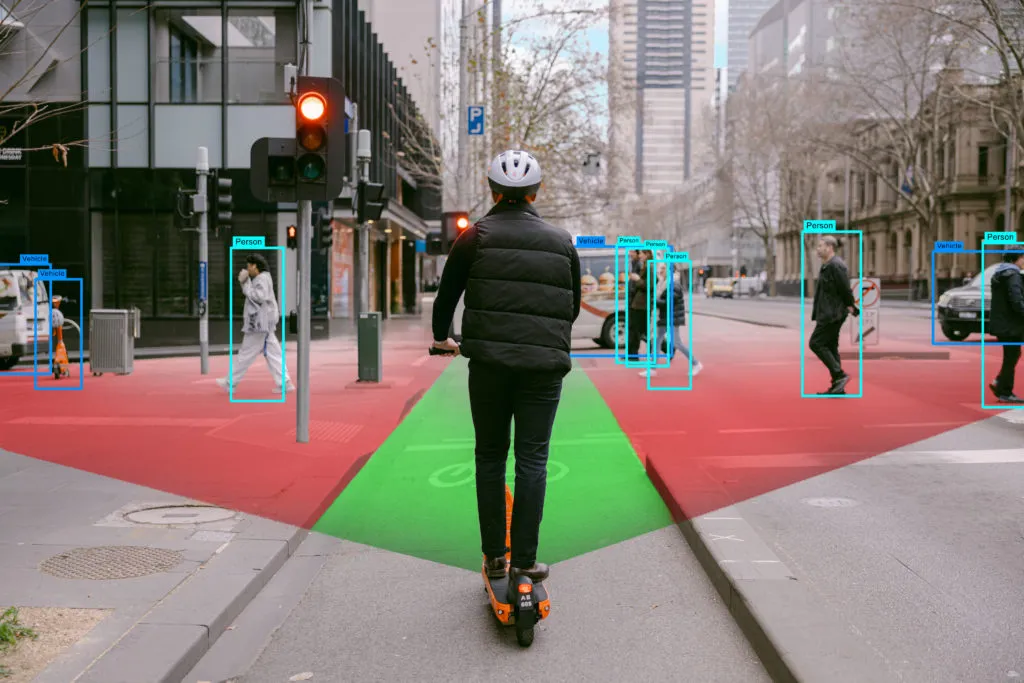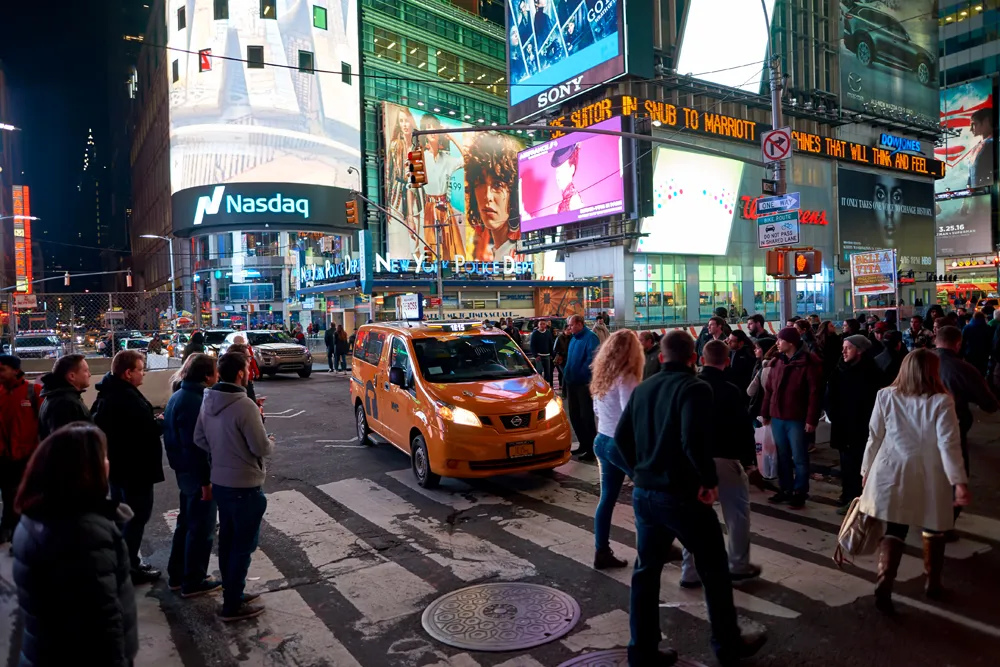Calls for the demise of white lines on the UK road network are misplaced, misleading and could be fatally flawed, according to the Road Safety Markings Association (RSMA).
The Association hit back over claims that erasing markings from busy roads has the effect of slowing motorists down, and allowing driver and pedestrian ‘to make eye contact’ to establish right of way.
The idea follows ‘shared space’ schemes where physical boundaries such as kerbstones and railings between the carriageway and footpat
February 4, 2016
Read time: 2 mins
Calls for the demise of white lines on the UK road network are misplaced, misleading and could be fatally flawed, according to the Road Safety Markings Association (RSMA).
The Association hit back over claims that erasing markings from busy roads has the effect of slowing motorists down, and allowing driver and pedestrian ‘to make eye contact’ to establish right of way.
The idea follows ‘shared space’ schemes where physical boundaries such as kerbstones and railings between the carriageway and footpaths are removed to slow down drivers.
About 100 roads have been adapted in Britain but a survey of 600 people in 2015 by Lord Chris Holmes found that 63 per cent rated their experience as poor. It also found that there is significant under-reporting of accidents in shared space.
George Lee, chief executive of the RSMA said: "We can all only hope that for the sake of innocent road users it does not turn out to be fatally flawed. There is little or no proof that removing road markings makes roads safer or that drivers confused by a lack of clear guidance are somehow safer drivers.
“How does a pedestrian make eye contact with a driver?” he asked. “With most vehicles, it is difficult to see the driver, never mind make eye contact – assuming the vehicle is travelling slowly enough. And for those who are blind or partially sighted, the idea is an insult.”
The RSMA is not alone in its views. Paul Watters, head of roads policy at the AA, said: "Without exaggeration it is true to say that a simple pot of paint can save lives. In particular, highly visible markings at the edge and centre of the road that can be seen on a wet night are enormously cost-effective in saving lives."
Findings in successive reports from the776 Road Safety Foundation also show road markings to be the most cost-effective measure in improving road safety, with central hatching and turn-right pockets, edge lines and rumble strips, speed limit roundels all contributing to safety without the need for vertical signs.
The Association hit back over claims that erasing markings from busy roads has the effect of slowing motorists down, and allowing driver and pedestrian ‘to make eye contact’ to establish right of way.
The idea follows ‘shared space’ schemes where physical boundaries such as kerbstones and railings between the carriageway and footpaths are removed to slow down drivers.
About 100 roads have been adapted in Britain but a survey of 600 people in 2015 by Lord Chris Holmes found that 63 per cent rated their experience as poor. It also found that there is significant under-reporting of accidents in shared space.
George Lee, chief executive of the RSMA said: "We can all only hope that for the sake of innocent road users it does not turn out to be fatally flawed. There is little or no proof that removing road markings makes roads safer or that drivers confused by a lack of clear guidance are somehow safer drivers.
“How does a pedestrian make eye contact with a driver?” he asked. “With most vehicles, it is difficult to see the driver, never mind make eye contact – assuming the vehicle is travelling slowly enough. And for those who are blind or partially sighted, the idea is an insult.”
The RSMA is not alone in its views. Paul Watters, head of roads policy at the AA, said: "Without exaggeration it is true to say that a simple pot of paint can save lives. In particular, highly visible markings at the edge and centre of the road that can be seen on a wet night are enormously cost-effective in saving lives."
Findings in successive reports from the









